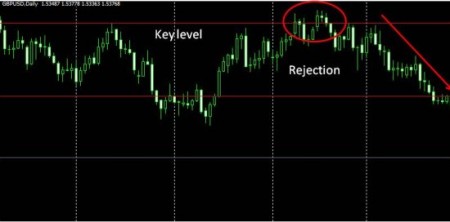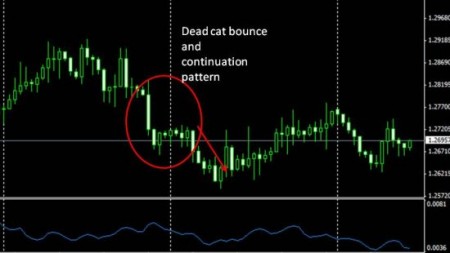If you want to achieve forex success and profits you need to stop following the dumb money, which represents the majority of traders. You need to follow the patterns of the small percentage of traders who are dominating this market in terms of profits. These traders are cold, calculated killers who have studied the rest of the market (i.e. their prey) well and hard and no how to react when the market behaves in a certain way.
Guest post by Kris Matthews (http://tradeforexfundamentally.com)
My intention of this article is to show you how to stop following the flow of dumb money, which is always on the wrong side of the market, and start recognizing valuable, juicy clues that the market leaves behind, in order to generate consistent profits.
Know your prey
I’m sorry to keep on with this “predator-prey” depiction of the market, but that’s what it really is. No one is leaving money on the table for you to pick up, so it’s up to you to take it from the market, otherwise you become the prey. A couple ways to spot when the market is about to make a move are what are commonly referred to as a “dead cat bounce” and a key rejection.
A dead cat bounce refers to when price falls violently and doesn’t bounce (no cats were harmed in the writing of this article), but rather maintains a tight sideways range, as the figure below illustrates. Let’s get into the psychology and the mechanics of what’s happening here: If some stimulus, such as bad news, entered the market and caused traders to rapidly sell off a currency, liquidity was probably low during the selloff. In that situation we would expect price to pull back to fill orders that were missed and for traders to “test” nearby support levels to see if there was indeed enough selling pressure. However, if we see no pullback upward in the ensuing session we can expect that selling pressure is indeed very strong and traders are still trying to unload positions.

The second strategy I want to share with you is called a key rejection. Often when you see price in a strong uptrend price will pull back or even change to a negative trajectory. The talent in taking a contrarian trade by selling at high levels is in recognizing and differentiating which signals are indeed turning points and which are just temporary down moves. The way to do this to look at a candlestick chart and see price try to breach a key resistance level but get rejected (as can be seen by price breaking through the level for a very short time period). If the rejection happens a couple of times, it could be an even stronger indicator of a reversal. A key resistance level is often a level that has defined the high or the low of price several times in the past, or is a “psychological” round number level, such as 1.50, 2.0, etc. What’s the underlying psychology/mechanics going on here? Well, a key level is a very important benchmark for traders. If they see price break through it successfully, they may be convinced enough to put more money on a long trade. If it tries to go through and backs down (i.e. gets rejected), it’s likely that some buyers tried aggressively to push the market higher, but the other buyers said, “No,” so sellers get more aggressive.

These two strategies are very effective for analyzing the markets but keep in mind, like in any strategy, the random generation of patterns can deceive you. In order to reduce the probability of that happening I usually combine my technical analysis with fundamental news event analysis. For example, if I hear that the market fell due to the worsening debt crisis in Europe, I’m more likely to sell Euros after the dead cat bounce. Furthermore, if I learn that the rejection of price at a key resistance level after a long uptrend occurs after a better than expected employment number, that’s a powerful indication that despite good news, the market doesn’t have enough pressure to maintain upward momentum.
It’s always important to zoom out and look at the big picture and put your trading indicators/strategies into context. By adopting this style of thinking and these types of behavioral strategies for adapting to and trading the forex market, rather than becoming the hunted, you become the hunter. Happy trading.
